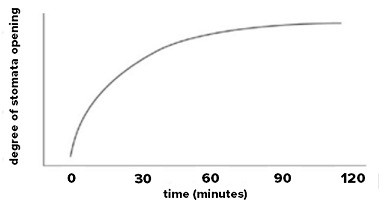Which component in the cell membrane restricts the passage of water-soluble substances?
a. sterols
b. phospholipid
c. protein
d. glycolipids
b
You might also like to view...
Which two of the following are both inflammatory diseases of the nervous system?
a. epilepsy and concussion b. multiple sclerosis and meningitis c. meningitis and encephalitis d. Alzheimer's and encephalitis e. Parkinson's and Alzheimer's
When mRNA leaves the cell's nucleus, it next becomes associated with
A. proteins. B. endoplasmic reticulum. C. tRNA. D. a ribosome.
Hypothesis I: A flavin pigment absorbs blue light; this pigment then activates the proton pump.Hypothesis II: When CO2 concentration rises, a membrane receptor inactivates the proton pump.Stomata opening after illumination following eight hours in darkness: plant is Xanthium pennsylvanicum.
A. Supports both hypothesis I and II. B. Supports only hypothesis I. C. Supports only hypothesis II. D. Supports neither hypothesis.
You are adrift in the Atlantic Ocean and, being thirsty, drink the surrounding seawater. As a result
A) you quench your thirst. B) your cells become turgid. C) you dehydrate yourself. D) your cells lyse from excessive water intake.